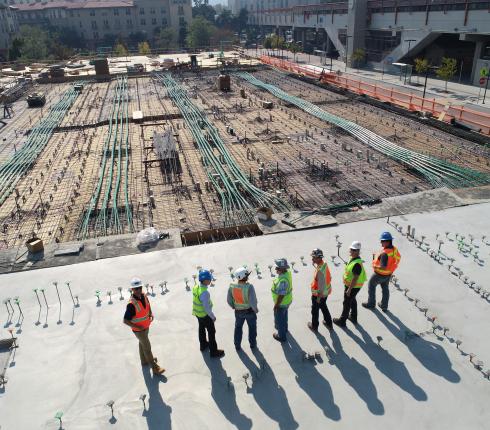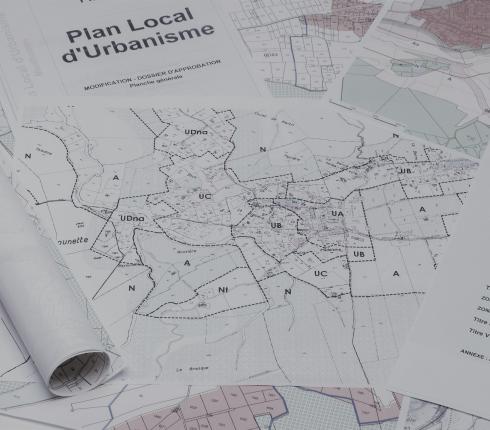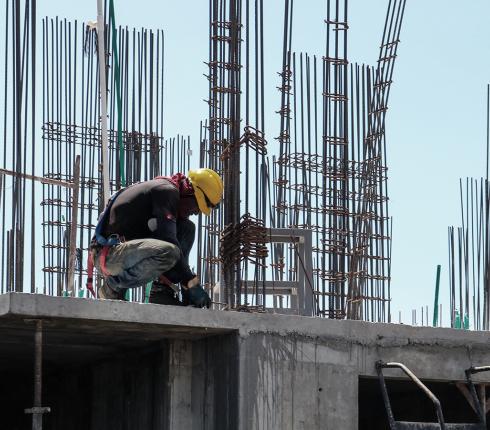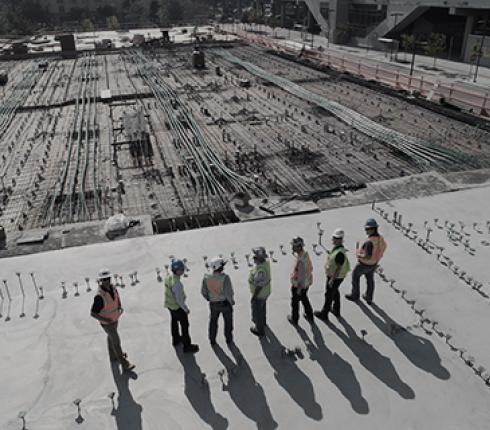NJORD Estonia: About Spatial Planning Procedure During the Corona Pandemic
Estonia has adapted well to the digital solutions of its public administration during the global disease outbreak. Communication with officials through electronic channels has become common and attending meetings via a video bridge is no news. Such communication channels are unlikely to cause problems for businesses and most individuals, but it is likely that these solutions are not suitable for everyone. How would it be possible to involve all that is needed in the administrative procedure?

Spatial planning is one area where involvement plays a crucial role in the planning process. Involvement is important for all parties, i.e. for the arranger of spatial planning to carry out the legal planning procedure; for the developer to be sure about the timeframe of the development plans; for the local community to contribute to the development of the region. According to the Estonian Planning Act, anybody has the right to participate in the planning procedure, submit opinions and contest a decision to adopt the spatial plan. What are the risks if the procedure, which is open to all, has to be carried out under the current, slightly special conditions, i.e. with restricted social contacts?
According to the Planning Act, during social constraints, either conventional or caused by the Corona pandemic, the following must be ensured for everyone in every spatial planning:
- comprehensible information and access to relevant information free of charge;
- adequate involvement in the procedure;
- the right to participate in the proceedings and to express an opinion.
Depending on the type of spatial planning, the responsibilities of the arranger of the planning work have been specified - for example, in the case of a detailed spatial plan, the local government must inform the persons whose rights may be affected by the plan by sending a notice. In other words, the local government must decide for itself whom to involve and choose the communication channel leading to the right persons. Any error in the involvement is associated with a violation of the person's right to be heard, which is a violation of the requirements of the administrative procedure and may lead to the annulment of the decision regarding the adoption of a spatial plan at a later stage.
The possibility to postpone public displays and discussions should not be used too lightly. For example, if there is a detailed spatial plan for a commercial building, a factory or an apartment building, a business plan is associated with it and it may be possible that costs might be increasing over time. Most developers have a time limit beyond which they may lose interest or the opportunity to implement the development at all. This should always be kept in mind by any responsible arranger of detailed spatial planning.
When starting to disseminate the spatial planning, it would be reasonable to mitigate the risks besides taking national measures:
- i.e. take caution to inform more intensively than required by law and to explain more.
There is no need to fear involvement, there should instead be a fear of non-involvement. It is important to explain to everyone how to get acquainted with the spatial plan and, if necessary, give an opinion. It is very important to clarify who has what rights. For example, the rights of the owner of a property may be violated if it is possible for a neighbour to construct a building that generates excessive noise that spreads outside the neighbour's property. The workload of the planner will inevitably increase due to additional notifications, but both the quality of the spatial plan and the community's approval of the solution of the spatial plan is likely to increase.
- enable different channels of communication and implement security measures.
Clear communication is needed regarding the different ways of involvement and the additional time required. Deadlines must be set according to the administrative capacity of the arranger of detailed spatial planning. The deadlines set out in the Planning Act are so long that it should be affordable for everyone to carry out the correct procedure. But the parties want to know exactly when and what will happen next.
- apply pre-registration for public discussions in order to assess the public interest and plan the discussion efficiently.
In all likelihood, the number of natural persons (so-called people from the street) who wish to attend the discussion in person should not be restricted when using pre-registration. However, it may be possible to limit the number of representatives of legal entities if the number of registrants is critical given the size of the space available for the discussion. The legal representative of a legal person is generally a member of the management board.
Whatever additional measures the arranger of detailed spatial planning wishes to use to carry out, the best spatial planning procedure must be communicated as widely as possible and, if necessary, directly to all the persons who may be affected by the use of any additional measures.
If the solution of spatial planning itself does not cause conflicts, then the legitimacy of adoption may be still be violated in the planning procedure. An error regarding involvement in the preparation of a plan may lead to a repetition of the corresponding stage of the procedure. For example, if there was no information sent regarding the public display to persons entitled to receive such this may lead to the need to repeat the public display - the additional time is optimistically four to six weeks under normal conditions. However, the significance of an error made in the spatial planning procedure is often identified in court proceedings, and as a result, in addition to the abstract costs of conducting open proceedings, there are also real legal costs.




































